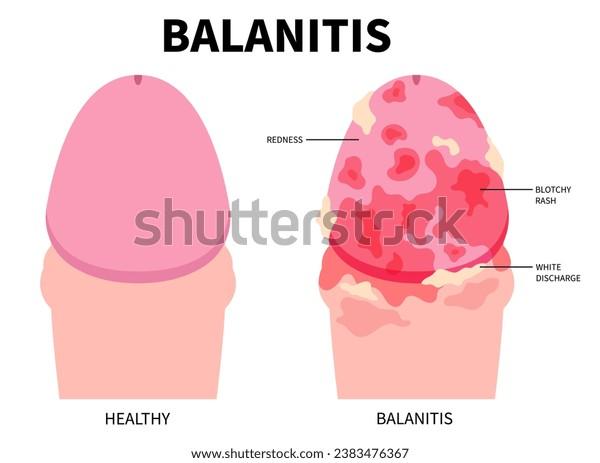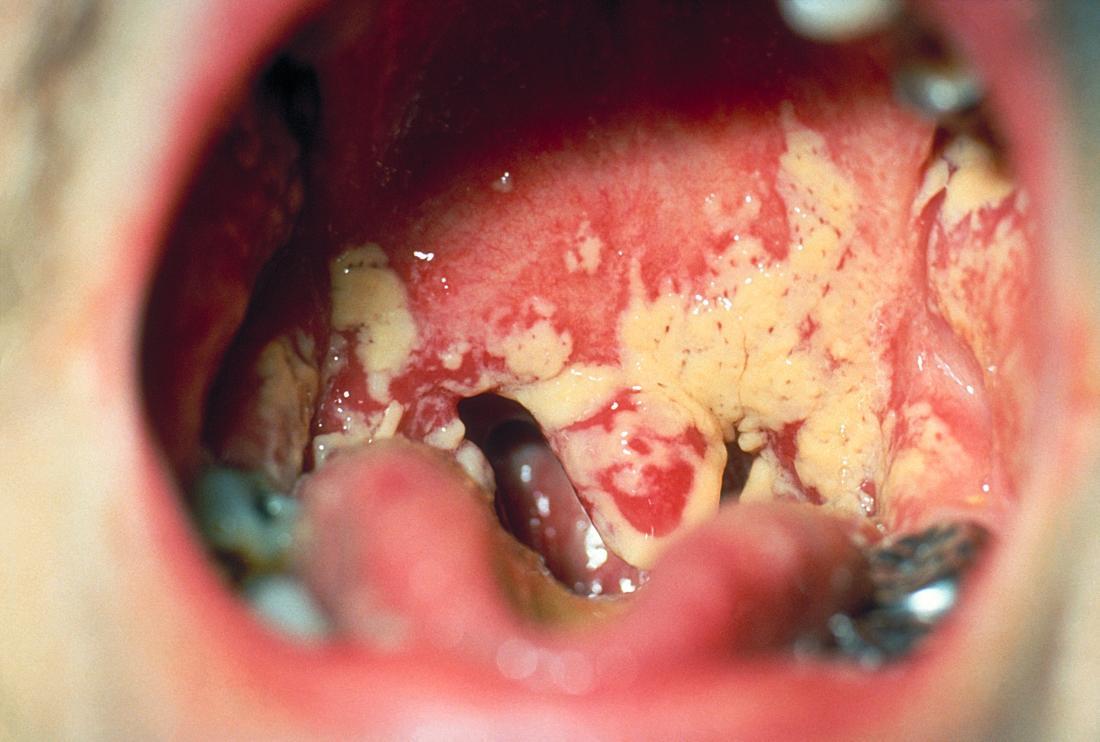Title: Unveiling the Unspoken: Understanding Male Yeast Infections
In a world where health discussions often gravitate towards well-trodden topics, the male yeast infection remains a largely overlooked phenomenon, shrouded in stigma and misunderstanding. While conditions like the common cold or athlete’s foot are frequently addressed, the notion that men can also experience yeast infections often raises eyebrows and elicits chuckles rather than serious conversation. However, the truth is that the Candida fungus, responsible for these infections, does not discriminate based on gender. In this article, we will explore the causes, symptoms, and treatments of male yeast infections, shedding light on a subject that deserves recognition and understanding. Join us as we peel back the layers of misconception and empower men with knowledge about this often-ignored aspect of health.
Understanding Male Yeast Infections and Their Causes
Male yeast infections, although less commonly discussed than their female counterparts, can significantly impact a man’s health and comfort. The primary culprit behind these infections is the fungus Candida, which thrives in warm, moist environments, making areas such as the groin particularly susceptible. Various factors can contribute to the overgrowth of this fungus, including:
- Antibiotic Use: Disruption of natural flora can lead to Candida overgrowth.
- Poor Hygiene: Infrequent washing can create a breeding ground for yeast.
- Diabetes: Elevated sugar levels can promote yeast growth.
- Immune System Issues: A weakened immune system enables fungal infections to thrive.
Understanding these underlying causes is vital for effective prevention and treatment. By adopting a few simple lifestyle changes, men can minimize their risk of developing a yeast infection. Consider the following recommendations:
- Maintain Proper Hygiene: Regular cleaning and drying of the groin area can inhibit fungal growth.
- Wear Breathable Clothing: Cotton underwear helps keep the area dry.
- Manage Blood Sugar: For those with diabetes, keeping blood sugar levels stable is crucial.
- Avoid Excessive Antibiotics: Use antibiotics only when necessary to protect natural flora.
Symptoms to Watch For: Identifying a Yeast Infection in Men
Recognizing the signs of a yeast infection can be crucial for early intervention and treatment. Men experiencing this condition may notice a variety of symptoms that can often be mistaken for other issues. Common indicators include:
- Itching or burning sensations: A persistent itch or burning feeling around the genital area is a primary symptom.
- Redness or rash: The skin may appear red, inflamed, or develop a rash.
- Unusual discharge: A thick, white discharge resembling cottage cheese can occur, although it’s less common in men than women.
- Odor: An unusual smell emanating from the genital area can also be a sign of infection.
Additionally, some men may experience discomfort during urination or sexual activity. If these symptoms persist, it’s important to seek medical attention promptly. Here’s a quick reference table to summarize the key symptoms:
| Symptom | Description |
|---|---|
| Itching | Uncomfortable feeling in the genital area. |
| Redness | Inflammation or rash on the skin. |
| Discharge | Thick, white discharge may be present. |
| Odor | Unpleasant smell from the genital region. |
The Role of Hygiene in Preventing Male Yeast Infections
Maintaining proper hygiene is crucial in minimizing the risk of male yeast infections. Regular cleansing of the genital area helps to remove excess moisture and prevent the overgrowth of yeast, which thrives in warm, damp environments. Some essential hygiene practices include:
- Daily cleansing: Use mild, unscented soap and water.
- Drying thoroughly: After washing, ensure the area is completely dry.
- Wearing breathable fabrics: Opt for cotton underwear to promote airflow.
- Avoiding tight clothing: Loose-fitting clothes can help reduce moisture buildup.
In addition to personal hygiene, good overall health also plays a vital role in preventing infections. Factors such as diet, stress management, and sleep can influence the body’s ability to fight off infections, including yeast overgrowth. Here’s a simple table highlighting key habits that can enhance overall hygiene and health:
| Habit | Benefit |
|---|---|
| Balanced diet | Supports immune function |
| Regular exercise | Helps regulate hormonal balance |
| Sufficient sleep | Enhances immune response |
| Stress reduction techniques | Reduces susceptibility to infections |
Effective Treatment Options: From Home Remedies to Medical Solutions
When it comes to addressing a male yeast infection, several effective treatment options are available, ranging from simple home remedies to more structured medical solutions. At home, men can alleviate symptoms and promote healing using natural ingredients. Some popular home remedies include:
- Probiotic-rich foods: Consuming yogurt or kefir can help restore the balance of bacteria.
- Tea tree oil: This essential oil has antifungal properties and can be diluted with a carrier oil for topical application.
- Apple cider vinegar: Adding this to a warm bath may help soothe irritation and combat yeast growth.
If home remedies do not yield the desired results, medical solutions become essential. Physicians typically prescribe antifungal medications tailored to the severity of the infection. These can include:
| Medication Type | Examples |
|---|---|
| Topical Antifungals | Clotrimazole, Miconazole |
| Oral Antifungals | Fluconazole, Itraconazole |
Consulting a healthcare professional is crucial if symptoms persist, as they can provide guidance on the best course of action, ensuring a tailored approach to treatment.
Dietary Changes and Lifestyle Adjustments for Prevention
Making deliberate dietary changes and adopting certain lifestyle habits can be crucial in preventing male yeast infections. A balanced diet rich in nutrients not only fortifies the immune system but also discourages the overgrowth of yeast. Consider incorporating the following foods into your meals to promote a healthy microbiome:
- Probiotics: Foods like yogurt, kefir, and sauerkraut can help maintain a healthy balance of bacteria.
- Low-Sugar Foods: Reducing sugar intake minimizes yeast proliferation.
- Whole Grains: Opt for whole grains over refined carbs to support digestive health.
- Leafy Greens: Vegetables like spinach and kale boost your vitamins and minerals.
- Nuts and Seeds: These provide healthy fats and proteins that are essential for overall health.
In addition to dietary adjustments, certain lifestyle changes can play a pivotal role in maintaining genital health. Regular exercise can improve circulation and bolster immune function, making it harder for infections to take hold. Furthermore, practicing good hygiene is paramount:
| Tip | Description |
|---|---|
| Stay Dry | Moist environments encourage yeast growth; wear breathable fabrics. |
| Avoid Irritants | Limit exposure to harsh soaps and scented products in the genital area. |
| Limit Antibiotics | Use antibiotics only when necessary to prevent disrupting normal flora. |
When to Seek Medical Advice: Knowing the Right Time to Consult a Professional
Understanding when to consult a healthcare professional about a male yeast infection is crucial for prompt and effective treatment. If you experience any of the following symptoms, it is advisable to seek medical advice:
- Persistent Symptoms: If symptoms such as itching, burning, or rash do not improve after a few days of over-the-counter treatment.
- Severe Discomfort: When discomfort significantly disrupts your daily activities or sleep.
- Unusual Discharge: If you notice any unusual discharge or changes in color or consistency.
- Recurring Infections: If you have multiple infections within a short period, it may indicate an underlying issue.
Additionally, certain health conditions or risk factors may necessitate earlier medical intervention. Consider consulting a professional if you:
- Have a Compromised Immune System: Conditions like diabetes or HIV can increase susceptibility.
- Experience Fever: A fever accompanying the symptoms could indicate a more serious infection.
- Are Uncertain About Symptoms: If you’re unsure whether your symptoms are due to a yeast infection or another condition.
Q&A
Q&A: Understanding Male Yeast Infections
Q: What is a male yeast infection?
A: A male yeast infection, often caused by an overgrowth of the Candida fungus, typically manifests as a condition known as candidiasis. While it’s more commonly associated with women, men can also experience this imbalance, leading to symptoms such as itching, redness, and discomfort in the genital area.
Q: What are the common symptoms of a male yeast infection?
A: Symptoms can vary but often include itching or irritation around the head of the penis, a rash, a thick, white discharge, and sometimes a burning sensation during urination or sexual activity. If you notice these symptoms, it’s essential to consult a healthcare professional for proper diagnosis and treatment.
Q: How do men get yeast infections?
A: Yeast infections can occur due to a variety of factors, including poor hygiene, excessive moisture (especially in warm environments), antibiotic use, and conditions that weaken the immune system. Certain lifestyle choices, like a high-sugar diet and tight-fitting clothing, can also contribute to the growth of yeast.
Q: Can men pass a yeast infection to their partners?
A: While yeast infections are not classified as sexually transmitted infections (STIs), sexual activity can facilitate the transfer of the yeast between partners. It’s advisable for both partners to seek treatment to prevent recurring infections and to practice good hygiene.
Q: What treatments are available for male yeast infections?
A: Treatment generally involves antifungal medications, which can be topical creams or oral medications. Over-the-counter options are available, but it’s best to consult a healthcare provider for a tailored approach, especially if symptoms persist or recur.
Q: Are there strategies to prevent male yeast infections?
A: Yes! Maintaining good hygiene, wearing loose-fitting underwear, and avoiding scented soaps or lotions can help. Additionally, managing stress, reducing sugar intake, and maintaining a balanced diet can support overall health and reduce the risk of yeast overgrowth.
Q: When should someone seek medical attention for a suspected yeast infection?
A: If symptoms are severe, last longer than a few days, or are accompanied by unusual discharge or fever, it’s important to seek medical advice. A healthcare professional can rule out other conditions and provide appropriate treatment.
Q: Is there a stigma associated with male yeast infections?
A: Yes, there can be a stigma surrounding male yeast infections due to misconceptions about infections being solely a female concern. It’s essential to recognize that anyone can experience this condition, and seeking help is a sign of responsibility and care for one’s health.
Q: Can lifestyle changes help reduce the risk of yeast infections?
A: Absolutely! Adopting a healthier lifestyle, such as eating a balanced diet, exercising regularly, managing stress, and maintaining good hygiene practices, can significantly reduce the likelihood of developing yeast infections.
By understanding the facts about male yeast infections, we can promote awareness and reduce stigma, encouraging more individuals to seek help when needed.
Insights and Conclusions
while often overshadowed by its female counterpart, male yeast infections are a reality that deserves attention and understanding. Recognizing the signs and symptoms is the first step toward effective management and treatment. Just as with any health issue, open communication and a proactive approach can lead to better outcomes. By fostering awareness, we can dispel myths and encourage men to seek help without hesitation. Remember, health is a shared journey, and addressing all aspects of well-being—including those that might feel uncomfortable—contributes to a balanced and fulfilling life. Embrace the knowledge, prioritize your health, and don’t let stigma stand in the way of seeking the care you deserve.
